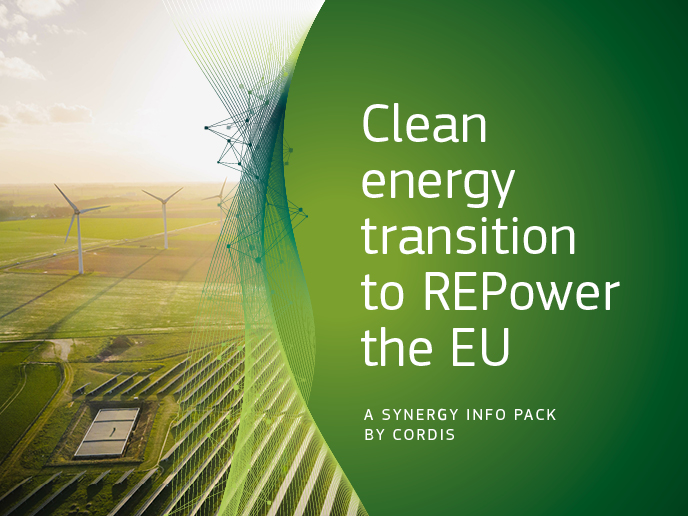Stopping marine pollution at the source
There is an estimated 83 million tonnes of plastic waste in our oceans. Whether that waste be plastic bottles and straws or those insidious particles known as microplastics, they pose a significant threat to both marine life and human health. The challenge is that removing the plastics already in the ocean is an arduous and costly task. That’s why the EU-funded MAELSTROM(opens in new window) project is focused on stopping this waste from getting to the sea in the first place. “Our main goal is to reduce the impact of marine litter in coastal ecosystems by identifying accumulation hotspots and removing the existing litter from the coastal seabed and the water column of rivers before it reaches the sea,” explains Fantina Madricardo(opens in new window), a researcher at the National Research Council – Institute of Marine Sciences(opens in new window) (website in Italian), the project’s coordinating partner.
Using AI to identify and collect plastics
To achieve this goal, the project implemented two innovative and environmentally sustainable technologies, both of which leverage the power of artificial intelligence (AI). One of those technologies is the Robotic Seabed Cleaning Platform. This completely new solution uses an AI-driven robot to automatically identify and collect plastics from the seafloor of coastal environments. “Not only can the platform selectively remove marine litter in coastal areas and shallow waters, its high selectivity minimises the environmental impact of the cleaning activities, while automated and robotised processes ensure its efficiency,” says Madricardo. The platform was recently tested in the Venice coastal area, where it successfully collected 2 240 kilograms of marine litter. This litter was then recycled and transformed into new materials that can be used to produce new circular economy products.
A sorting robot driven by artificial intelligence
The project also developed a sorting robot(opens in new window) capable of segregating the collected plastic waste. “This innovation takes all the collected plastics and automatically separates them according to polymer type, ensuring that they are correctly recycled and further advancing our goal of achieving a zero-waste marine litter value chain,” adds Madricardo. The AI-driven sorting robot was successfully tested by project partner Tecnalia(opens in new window) in San Sebastian, Spain.
More than technology, project also actively engages with communities
Although AI has proven to be a powerful tool for removing plastics from coastal areas, technology alone is not enough. “The marine litter issue requires a multilevel, multidisciplinary effort that includes not only science and technology, but also policymaking and – most importantly – the participation of citizens,” notes Madricardo. That’s why, in addition to the technology, the project focused on actively engaging with the public to raise awareness about marine litter and highlight how technology can be used to help address the problem. This work included educational opportunities and beach clean-up events. “By involving local, national and international policymakers, enhancing ocean literacy and engaging directly with coastal communities, MAELSTROM has paved the way to the long-term adoption of our marine litter removal and recycling technologies,” concludes Madricardo. The project received an Atlantic Project Award(opens in new window) in the Healthy Oceans and Resilient Coasts category and a Blue Rivers and Lakes Award(opens in new window). It was also recognised by the European Robotic Forums(opens in new window) for sustainability leadership.







